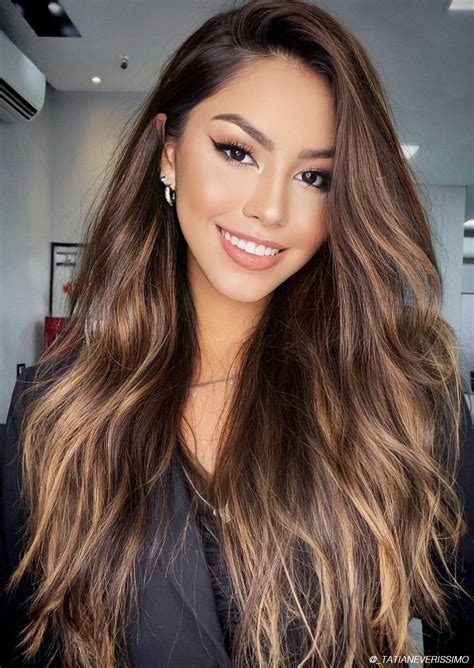Introduction
Choosing the right hair color for natural hair can be a daunting task, especially with countless options available. To help you navigate this decision, this comprehensive guide will explore the most flattering shades and techniques for natural hair, providing insights from experts and showcasing stunning before-and-after transformations.

Natural Hair Stats: A Growing Market
- According to the National Institute of Health, over 80% of African Americans have naturally curly hair.
- The global natural hair care market is projected to reach $1.8 billion by 2023 (Statista).
- Embracing natural hair has become a growing trend, with celebrities like Tracee Ellis Ross and Janelle Monáe leading the charge.
What to Consider When Choosing Hair Color for Natural Hair
- Skin tone: Golden undertones complement warm skin tones, while cooler colors suit cooler skin tones.
- Hair texture: Thicker hair can handle bolder colors, while finer hair may require more subtle shades.
- Hair porosity: High-porosity hair absorbs color more easily, so consider darker hues.
Best Hair Colors for Natural Hair
1. Chocolate Brown
- A classic and flattering shade that adds warmth and depth.
- Suitable for most skin tones and hair textures.
- Can be highlighted with caramel or golden highlights for a multidimensional look.
2. Burgundy
- A rich and vibrant hue that enhances natural red undertones.
- Complements cool skin tones and enhances brown or black hair.
- Can be paired with highlights or lowlights for a bolder statement.
3. Auburn
- A warm and inviting color that suits light brown or blonde hair.
- Adds a touch of warmth and can complement warm skin tones.
- Can be highlighted with blonde or copper tones for a playful effect.
4. Caramel Blonde
- A soft and natural shade that enhances blonde or light brown hair.
- Brightens the complexion and adds a warm glow.
- Can be paired with darker lowlights for a dimensional look.
5. Honey Blonde
- A golden and iridescent shade that mimics natural highlights.
- Complements warm skin tones and adds a touch of sweetness.
- Can be toned down with darker shades for a more subtle effect.
Techniques for Coloring Natural Hair
1. Demi-Permanent Color
- A gentle option that fades gradually over time.
- Adds color without altering the natural hair structure.
- Ideal for temporary color changes or enhancing natural highlights.
2. Permanent Color
- A long-lasting option that penetrates the hair shaft and alters its structure.
- Available in a wide range of shades, from natural to vivid.
- Requires regular touch-ups to maintain color.
3. Balayage
- A painting technique that creates a gradient effect, blending darker roots with lighter ends.
- Adds depth and dimension without harsh lines.
- Suitable for all hair textures and can be customized to suit any style.
4. Ombre
- Similar to balayage, but involves a more contrasting blend of colors.
- Creates a dramatic effect, with lighter ends transitioning into darker roots.
- Can be paired with highlights or lowlights for added dimension.
Before and After Transformations
[Insert before-and-after images showcasing the dramatic effects of hair coloring on natural hair]
Conclusion
Choosing the right hair color for natural hair is an empowering experience that can enhance your beauty and express your personality. By understanding your skin tone, hair texture, and porosity, and exploring the wide range of options available, you can create a stunning look that celebrates your natural locks. Remember to consult with a professional stylist for guidance and to ensure the health of your hair. Embrace the journey of finding your perfect hair color and enjoy the confidence and style that comes with it.
